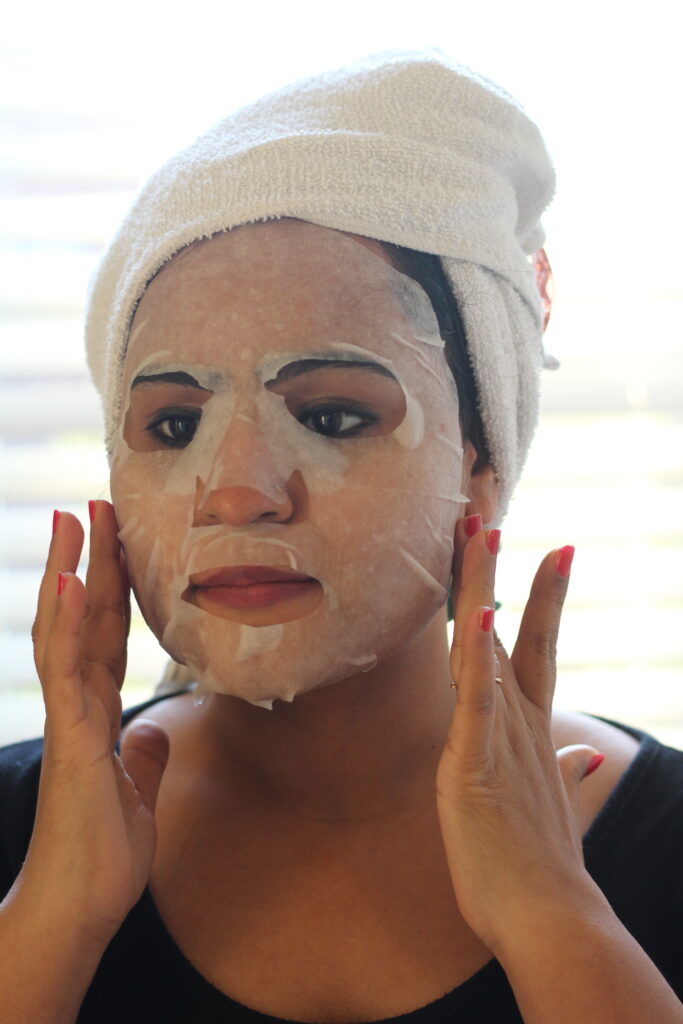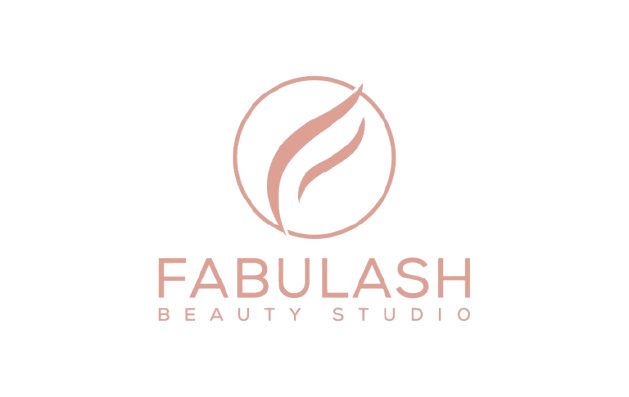Chemical Peels 101 – Are They Right for You?
If you’ve ever wondered what a chemical peel is—and if it’s something your skin needs—you’re not alone. Despite the dramatic name, peels can be gentle, safe, and transformative when done by a trained professional. Let’s break it down!
What Is a Chemical Peel?
A chemical peel is a skin-resurfacing treatment that uses a safe acid solution to exfoliate the top layer of skin. The goal? Reveal fresh, smooth, more even-toned skin underneath.
There are 3 types of peels:
Light Peels – Great for a quick refresh, no downtime
Medium Peels – Targets fine lines, acne scars, and sun damage
Deep Peels – More intense, used for advanced aging or deep pigmentation (not common for first-timers)
🌿 Benefits of Chemical Peels
Brightens dull, tired skin
Reduces fine lines and wrinkles
Fades acne scars and dark spots
Smooths rough skin texture
Helps with breakouts and large pores
🧖♀️ Who Should Get One?
Chemical peels are ideal for:
Clients with pigmentation issues (sun spots, melasma)
Acne-prone or scarred skin
Aging concerns like wrinkles or uneven tone
People looking for a serious glow-up
But they’re not for:
Extremely sensitive or inflamed skin
People using certain medications (like Accutane)
We always do a skin consultation first to make sure it’s the right treatment for you.
🕒 What to Expect During and After
During the treatment: You may feel a slight tingling or warmth—totally normal.
After the treatment: Some redness or peeling may occur (especially with deeper peels), followed by glowing, rejuvenated skin within a few days.
Important: Always follow your post-peel instructions and avoid sun exposure during healing.


